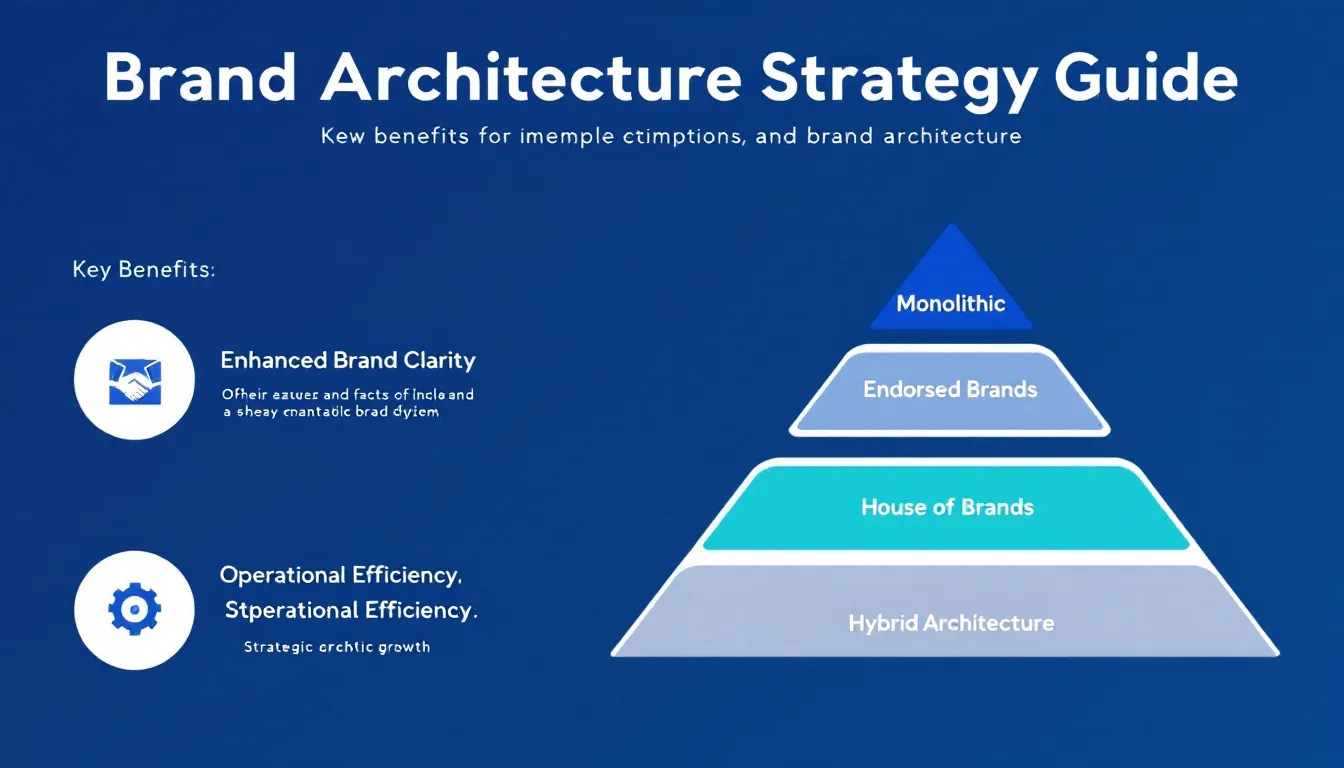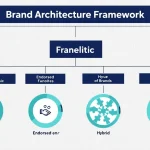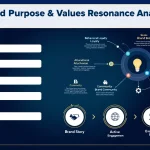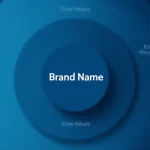Brand Architecture Strategy Generator
Is this tool helpful?
How to Use the Brand Architecture Strategy Generator Effectively
1. Enter Your Company Name
Start by typing your company’s official or trading name. For example:
- BrightWave Marketing – a digital marketing agency specializing in social media
- Purely Natural Skincare – a brand focusing on organic skin care products
2. List Your Products and Services
Provide a detailed list of your current products and services, separating each item with a comma. Be clear and specific. Examples include:
- For BrightWave Marketing: Social media management, email campaigns, SEO audits, influencer partnerships, content creation, paid advertising
- For Purely Natural Skincare: Organic moisturizers, herbal face masks, natural sunscreens, anti-aging serums, eco-friendly packaging
3. Describe Your Target Audience
Outline the key customer segments you serve by specifying demographics, behaviors, or preferences. For example:
- “Small business owners aged 30-50 seeking affordable digital marketing solutions, startups in creative industries, local retailers expanding online reach”
- “Women aged 25-45 prioritizing natural products, eco-conscious consumers, beauty salons specializing in organic treatments”
4. Add Brand Values (Optional)
If you want, share your core brand values and positioning to guide the strategy. Examples include:
- Transparency and ethical sourcing
- Customer empowerment and education
- Affordability without compromising quality
- Commitment to continuous innovation
5. Include Competitor Information (Optional)
List your main competitors and describe their market positions. This helps tailor a strategy that sets you apart. For example:
- “Market Leader Agency – focused on large corporations with premium pricing”
- “EcoSkin Essentials – emphasizing all-natural ingredients at mid-tier price points”
What Is the Brand Architecture Strategy Generator?
The Brand Architecture Strategy Generator is a practical online tool designed to help you organize your product portfolio and clarify your brand hierarchy. By inputting key business details, you receive a structured brand architecture strategy that aligns your products, services, and brand messaging clearly and logically.
This tool helps you reduce overlap and confusion among your offerings, improve customer understanding, and establish a roadmap for future growth. Whether you have a small product line or a broad brand portfolio, this generator simplifies complex brand relationships into actionable strategies.
Benefits include:
- Improved brand clarity that helps customers navigate your products
- Better differentiation from competitors in your market
- Efficient marketing and resource allocation based on a clear brand hierarchy
- A scalable strategy that supports future product additions or market expansion
Practical Uses of the Brand Architecture Strategy Generator
This tool fits various business scenarios, aiding brand managers, marketers, and business owners to systematize brand portfolios effectively. Here are some practical applications:
Organizing a Growing Product Line
If your business has expanded with many products or sub-brands, this generator will help you establish a clear hierarchy that matches market needs and customer expectations.
Launching a New Product Category
Use the tool to plan how new offerings fit within your brand structure, which supports consistent messaging and easier cross-selling opportunities.
Rebranding and Portfolio Restructuring
This strategy generator assists in reevaluating and simplifying complicated or outdated brand relationships, making it easier to communicate value to both customers and stakeholders.
Understanding Brand Architecture Strategy
Brand architecture is the system that organizes your company’s brands, products, and services within a coherent framework. It clarifies how each brand relates to the others and how customers experience them.
Efficient brand architecture helps in:
- Presenting a unified brand message
- Reducing internal complexity
- Aiding customer decision-making
- Supporting marketing and sales strategies
Common Types of Brand Architecture
- Monolithic (Branded House): One master brand covers all products and services.
- Endorsed Brands: Sub-brands have unique identities supported by a parent brand.
- House of Brands: Multiple independent brands within the same company.
- Hybrid Architecture: Combines elements of various brand systems to fit complex portfolios.
Key Advantages of Applying the Brand Architecture Strategy Generator
1. Strengthened Brand Clarity
- Guides customers through product options intuitively
- Prevents overlap and confusion between offerings
- Creates distinct value propositions for each product category
2. Increased Operational Efficiency
- Focuses marketing efforts on clear brand roles
- Improves resource management across product lines
- Streamlines portfolio decisions and product development
3. Facilitated Strategic Growth
- Makes it easier to introduce new products coherently
- Supports clear expansion and diversification strategies
- Enhances brand extensions without diluting core identity
Implementing Your Brand Architecture Strategy: Best Practices
Develop a Clear Brand Hierarchy
- Define relationships between master brands, sub-brands, and product lines
- Use consistent naming conventions to support recognition
- Create visual and verbal brand guidelines aligned with your strategy
Organize Your Portfolio Thoughtfully
- Group related products or services together based on audience needs
- Identify and prioritize cross-selling and upselling opportunities
- Regularly review and optimize your portfolio for market relevance
Position Your Brand Strategically in the Market
- Align branding efforts with your target audience’s preferences and values
- Differentiate clearly from your competitors’ brand positioning
- Maintain consistency across all customer touchpoints
Frequently Asked Questions about Brand Architecture Strategy
Q: How often should I update my brand architecture?
Review your brand architecture at least once a year or whenever you introduce significant new products or enter new markets.
Q: Can I use different brand architectures for different market segments?
Yes, a hybrid approach allows you to customize brand strategies according to diverse customer groups and needs within your portfolio.
Q: How does brand architecture impact marketing?
It defines the framework for consistent messaging and resource allocation across all brands and channels, improving marketing effectiveness.
Q: Should startups invest time in brand architecture planning?
Definitely. Early planning provides a scalable foundation, avoiding confusion and costly changes as your business grows.
Q: How does brand architecture affect customer loyalty?
A clear brand hierarchy helps customers understand your offerings easily, increasing trust and long-term engagement with your brands.
Q: Can brand architecture support international expansion?
Yes, an adaptable brand architecture strategy smooths entry into new markets while keeping your global brand identity consistent.
Important Disclaimer
The calculations, results, and content provided by our tools are not guaranteed to be accurate, complete, or reliable. Users are responsible for verifying and interpreting the results. Our content and tools may contain errors, biases, or inconsistencies. Do not enter personal data, sensitive information, or personally identifiable information in our web forms or tools. Such data entry violates our terms of service and may result in unauthorized disclosure to third parties. We reserve the right to save inputs and outputs from our tools for the purposes of error debugging, bias identification, and performance improvement. External companies providing AI models used in our tools may also save and process data in accordance with their own policies. By using our tools, you consent to this data collection and processing. We reserve the right to limit the usage of our tools based on current usability factors.







